There’s nothing like taking off into a clear blue sky on a 75 degree day, soaring over mountains with the sea just below. For pilots who learn to fly in Southern California, this is a daily reality. However, it’s not just the weather that makes this part of the Golden State a great place to learn to fly. Southern California also offers a wealth of different kinds of airports, job opportunities, and terrain, not to mention an exciting variety of flying adventures. If you’re looking for a place to not only cruise through your initial cockpit training under sunny skies, but to have plenty of job opportunities to choose from once you have your commercial in hand, the Golden State is the place to be.
Weather
The most obvious attraction to learning to fly in Southern California is its predictably fine weather. For pilots seeking to stack their in-cockpit training through consecutive days or weeks, the Southern California climate invites long stretches of calm, sunny days. . A lack of snowfall means that student pilots need not concern themselves with such winter conditions as ice on runways. Since icing can occur while in flight at higher elevations, however, student pilots can still learn how to work under these conditions.
Pilots who do not yet have their instrument rating don’t have to fret they will be grounded or plans disrupted by hours or even days of inclement weather. And if you’re wondering if all that sun is too much of a good thing while attempting to earn enough training hours in pursuit of your ability to fly under instrument flight rules, keep in mind that the FAA permits IFR training to take place even under the clearest, sunniest days as long as the student pilot uses a view limiting device, or a hood.
Location, Location, Location
It can be difficult to find affordable and dependable flight training in rural areas. A pilot might be able to locate a flight school or university offering the opportunity for a pilot to earn his or her private certificate, but availability might be spotty, and options could be limited if a student pilot wishes to progress to earning an instrument rating and commercial certificate. Such advancements require a certified flight instructor with specific training.
A major urban area like Southern California doesn’t only offer qualified CFIs and flight schools, it is also the home to modern institutions offering degrees in aeronautical studies. These include courses and certifications in piloting, aviation business administration, dispatching, and aircraft maintenance. Education in all these fields can lead to not only a more informed pilot and public, but exciting and well-paying careers.
Wide Variety of Airports
The Southern California area is home to several airports. Not only does this provide a student pilot with a terrific opportunity to learn how to fly with busy traffic patterns, he or she can also become adept at flying in and out of smaller airports with less action. Due to the wide diversity of airplanes and types of missions these aircraft have, students can also familiarize themselves with all sorts, from the military transports leaving Navy bases to medium-sized passenger jets to small private Piper trainers.
Major airports in the area include one of the largest in the nation, Los Angeles International (LAX.) As the name implies, this is a massive hub which not only serves as a base for legacy airlines, it is also the starting point for cross-Pacific or international flights. Other large airports in Southern California include San Diego International Airport and John Wayne Airport in Santa Ana. Smaller airports include Bob Hope Burbank Airport (Hollywood Burbank Airport), Trinity Center Airport, and Van Nuys, one of the nation’s most famous “reliever” airports.
Job Opportunities
The state economy of California is massive, larger than that of entire nations. Its tech, entertainment, agricultural, and tourism clout is substantial. Because of this, Southern California offers a huge amount of job openings to those willing to relocate or undergo flight training in the area. Since major corporations and individuals with significant wealth are located here, pilots interested in private charter work are well-situated in the lower half of the Golden State. Law enforcement in the area also uses aircraft to cover long distances or perform aerial searches over the massive Southern California footprint.
Not only are major airlines routed through Southern California, the area’s Silicone Valley alone provides incredible opportunities for those interested in engineering or charter flying. As a base for many international companies and home to major studios, Southern California also offers access to positions not available in other areas. Thanks to many public events, an abundance of sunny weather, and proximity to beaches, a newly minted commercial pilot who has not logged many hours can choose from such jobs as banner tower or aerial tour guide. Even those who have only earned their private certificate can work as demonstrators for aircraft companies.
Experimenting With Various Terrain
Southern California offers just about any terrain one can imagine. It is in close proximity to desert conditions, the sea winds of the Pacific Ocean, and mountain ranges. The ability to learn how to fly in any of these is a major advantage to a student pilot. By demonstrating proficiency with wind shear, high elevations, and low humidity, pilots not only expand their job options, they become safer aviators wherever they may fly.
Students who would like experience with flying internationally don’t have a long trip to Mexico. In addition, the low winds in landlocked areas can provide some low risk and comfortable first few days in the cockpit. At the same time, planning a cross country trip to more unpredictable weather environments takes advantage of the climate diversity in the area. Although taking off in Southern California might mean clear visibility and an unlimited ceiling, that might not be the case for an airport just a couple of hours away.
Ready to soar in your aviation career?
Mr. Matthew A. Johnston has over 23 years of experience serving various roles in education and is currently serving as the President of California Aeronautical University. He maintains memberships and is a supporting participant with several aviation promoting and advocacy associations including University Aviation Association (UAA), Regional Airline Association (RAA), AOPA, NBAA, and EAA with the Young Eagles program. He is proud of his collaboration with airlines, aviation businesses and individual aviation professionals who are working with him to develop California Aeronautical University as a leader in educating aviation professionals.

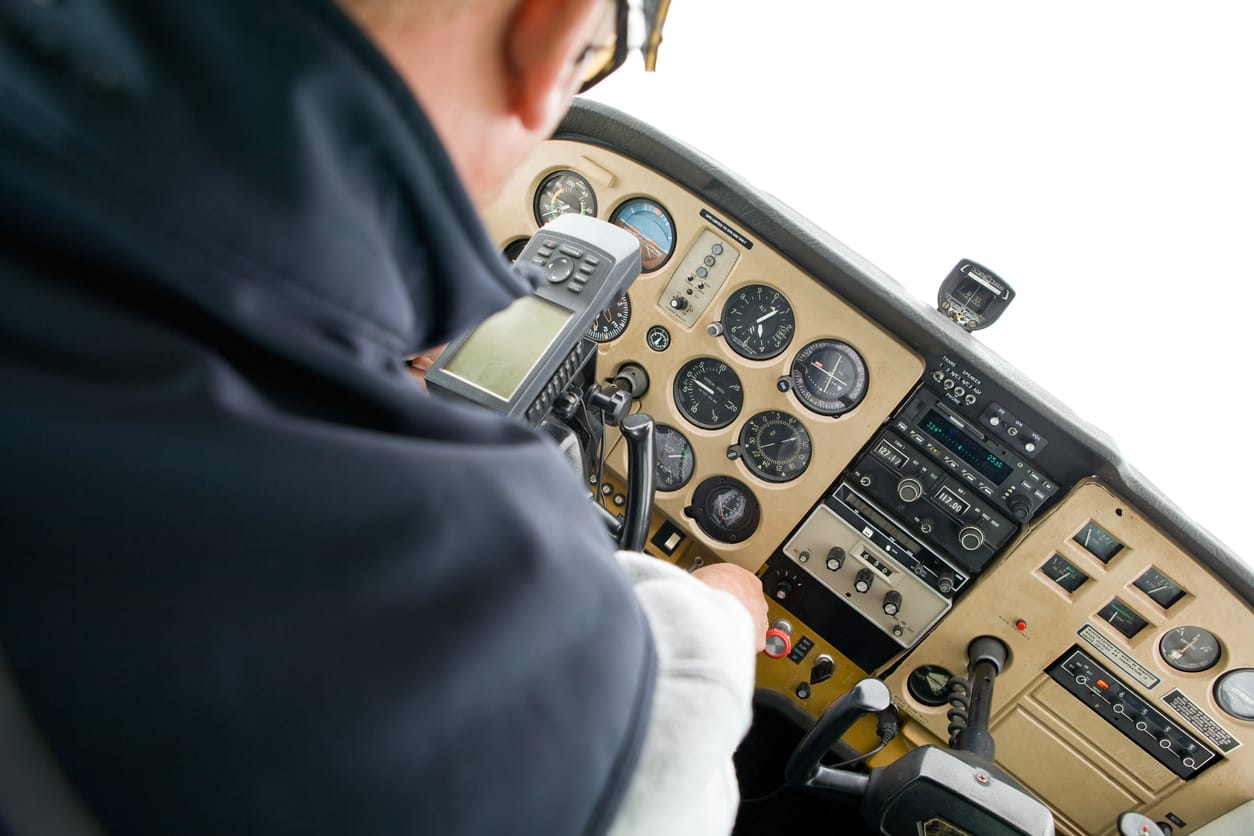
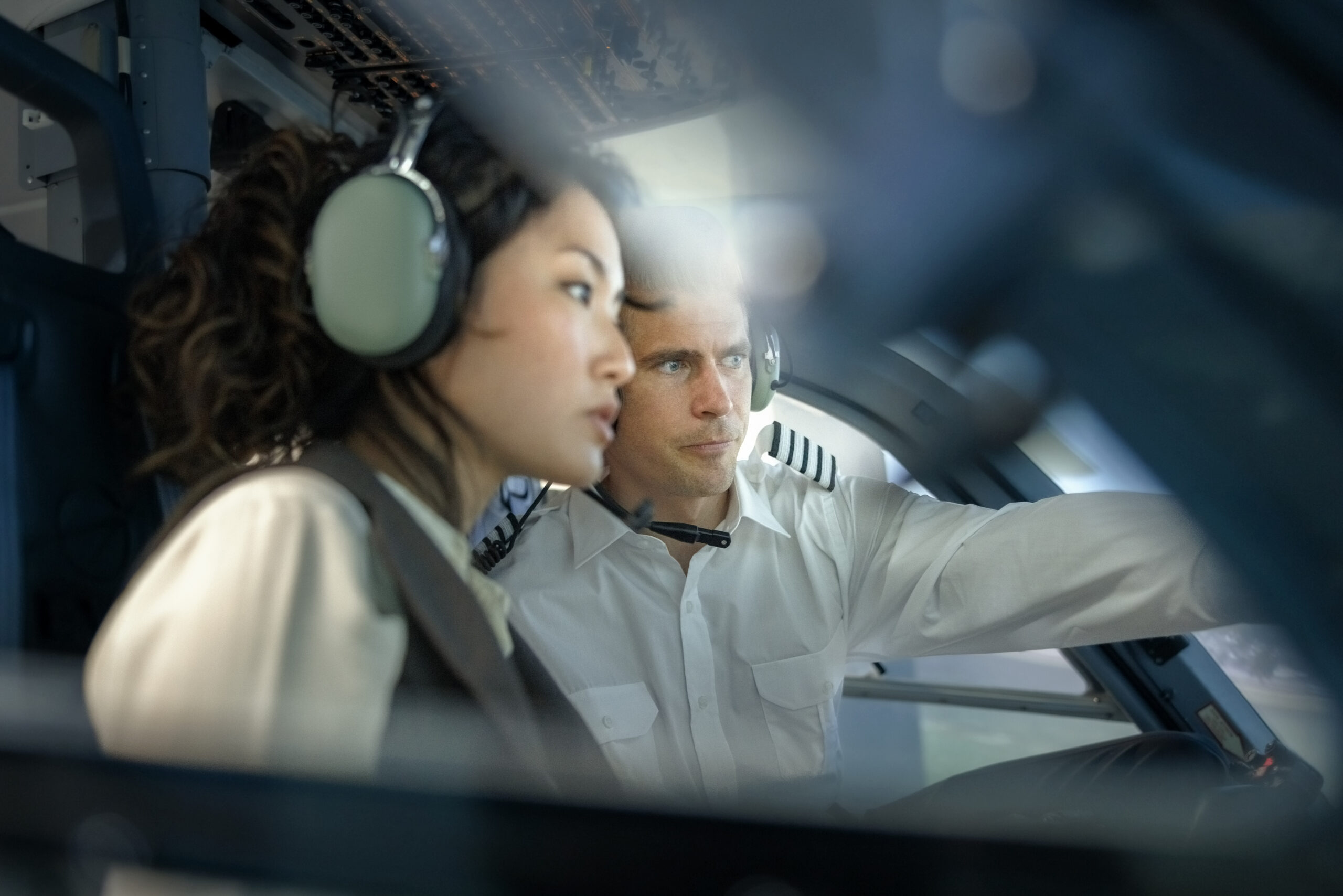
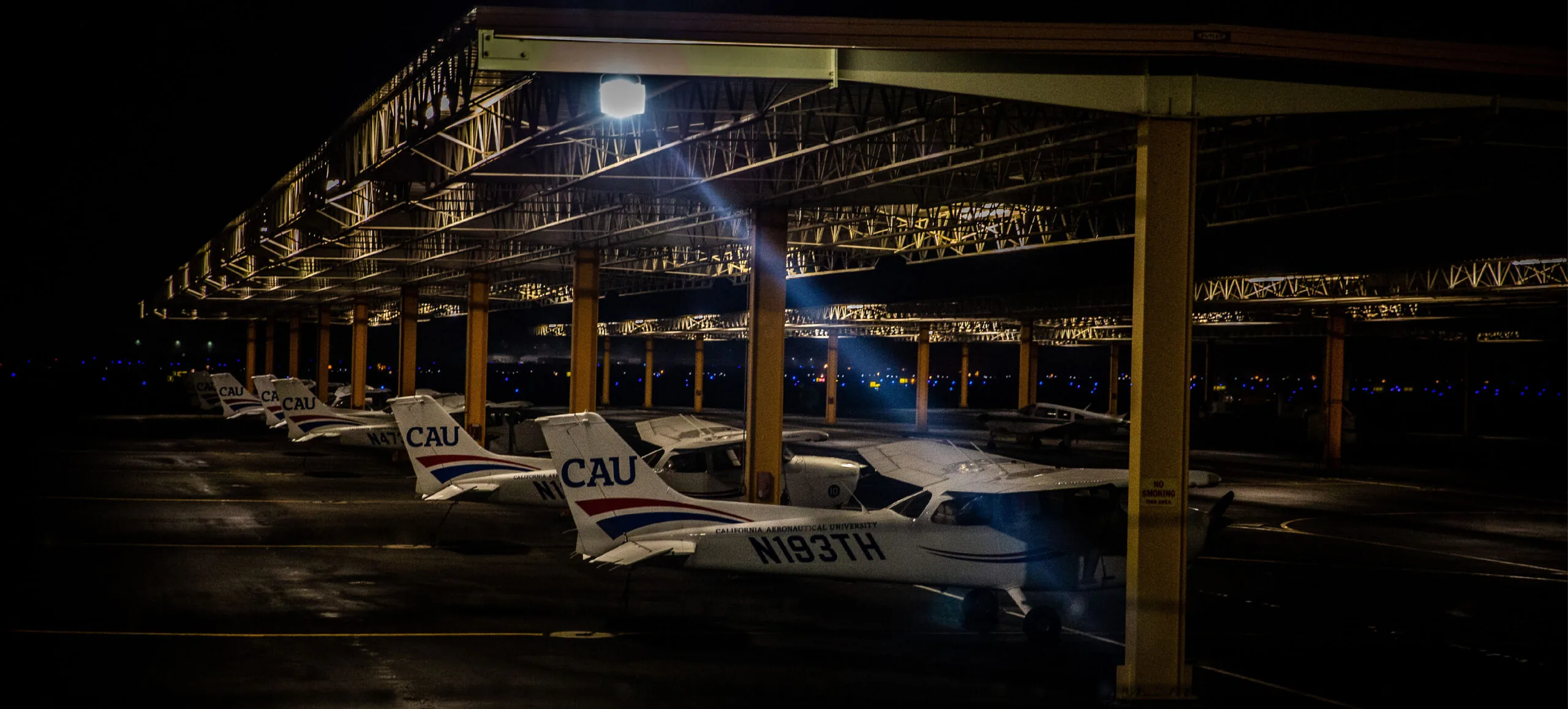

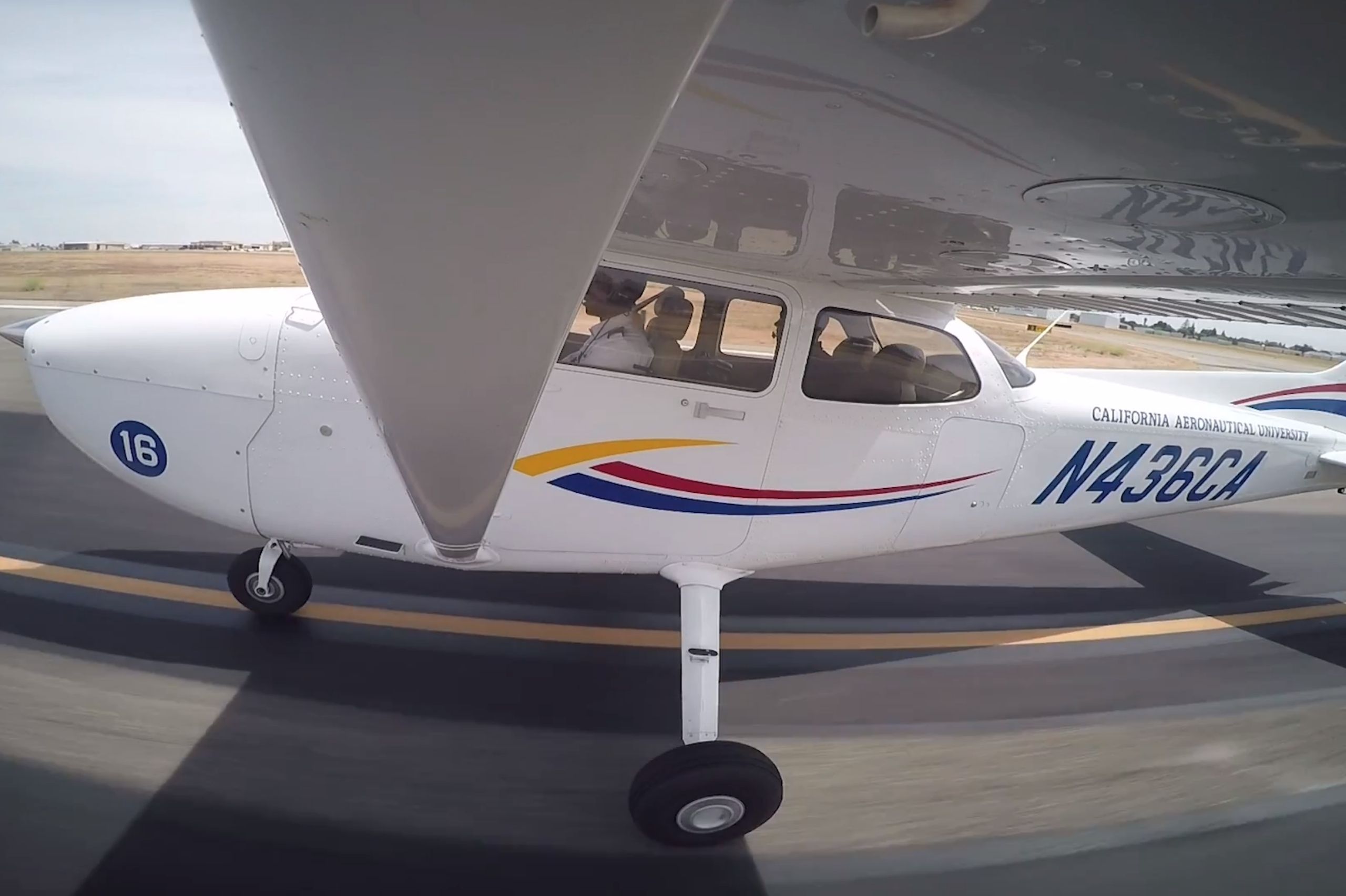
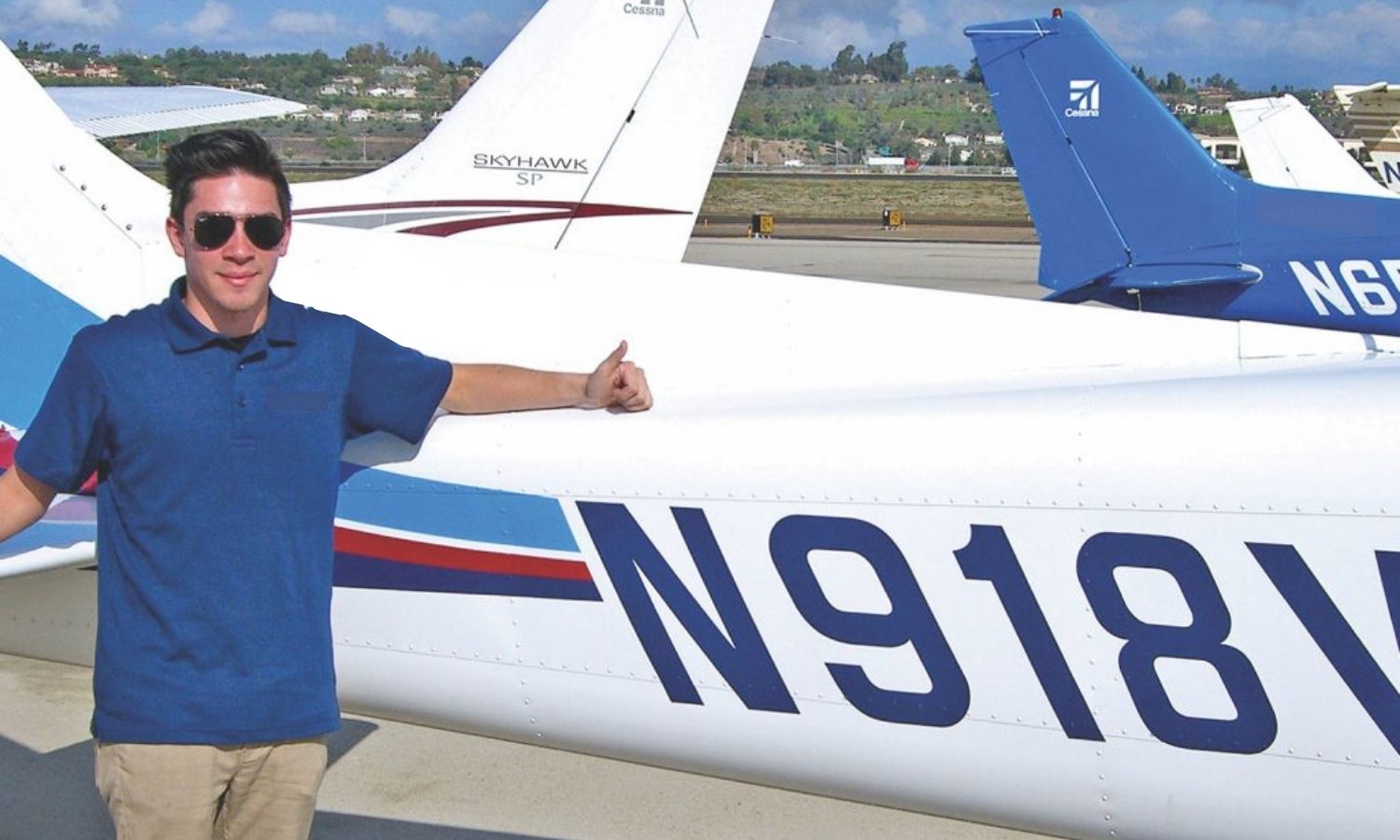
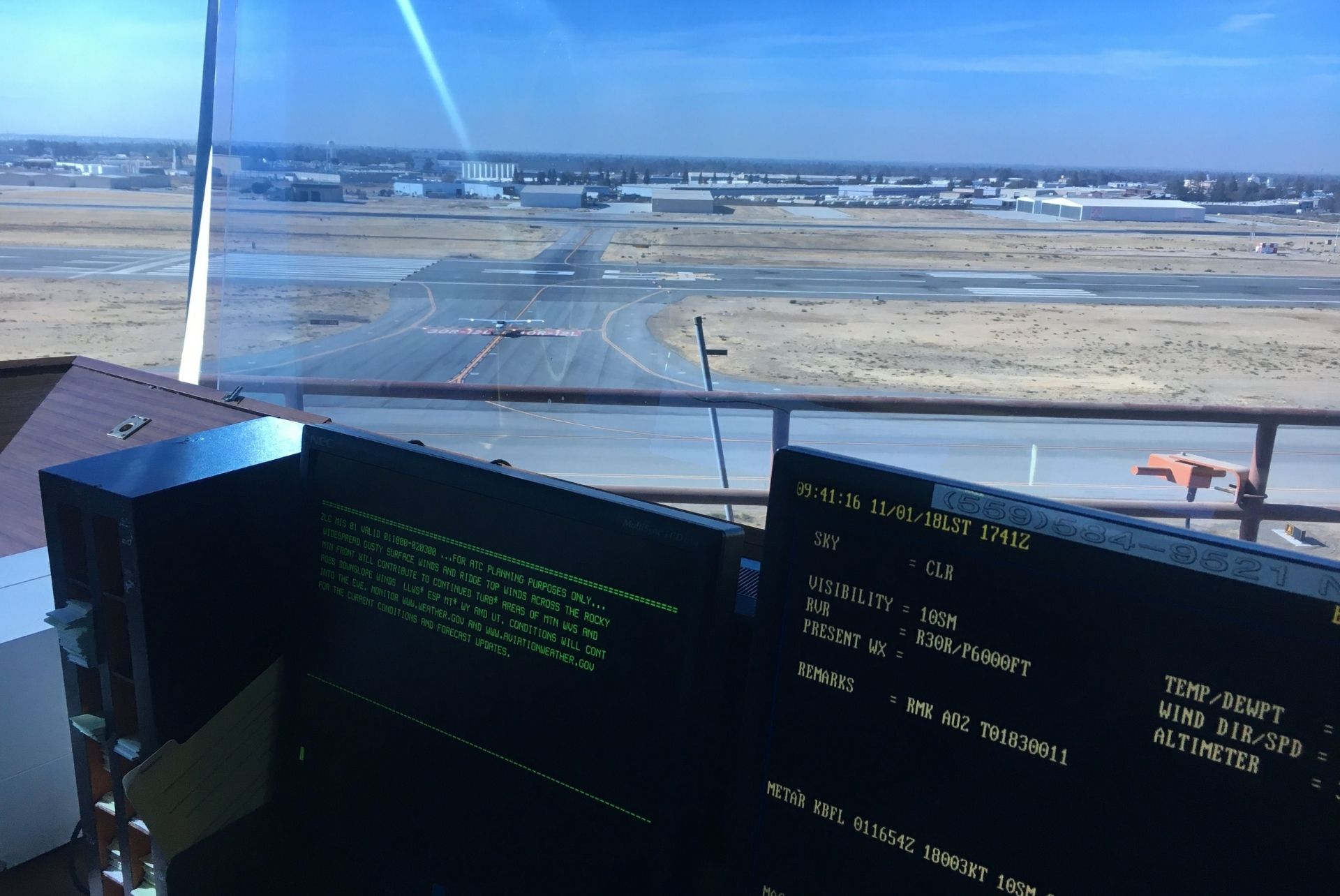
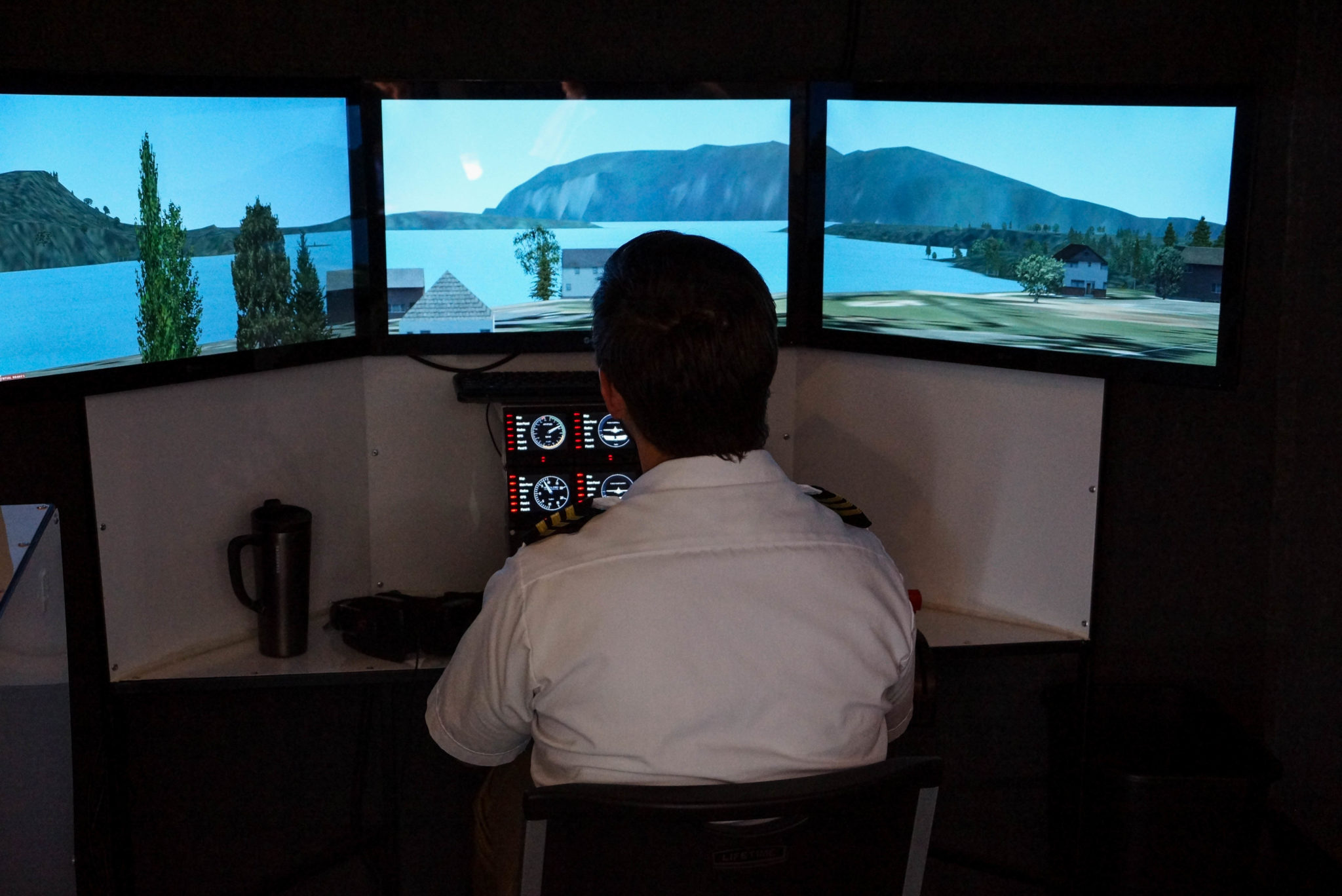
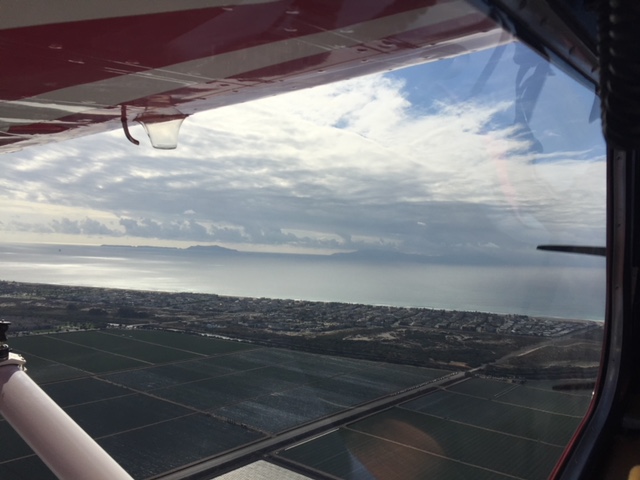

Really CAU is my choice ??♂️???